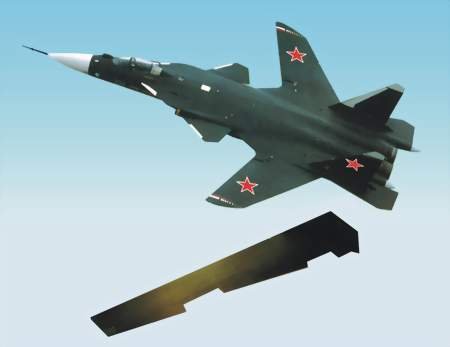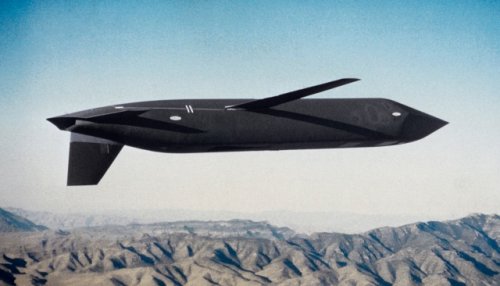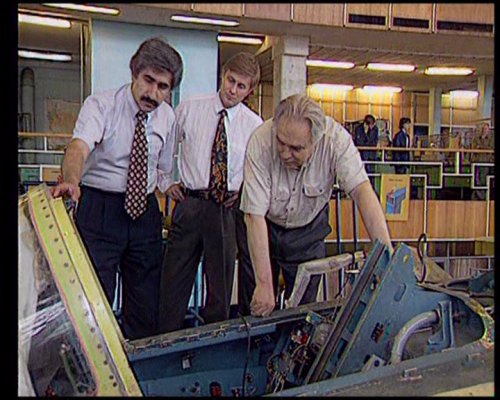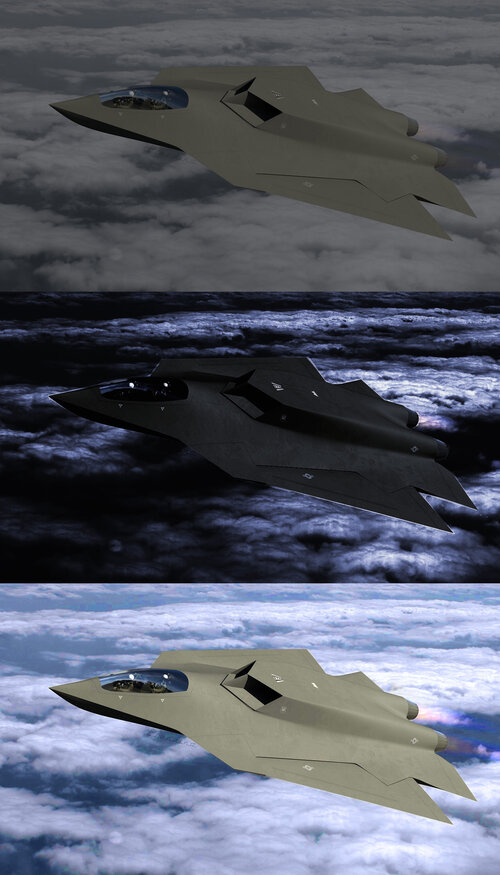What happened to the various Forward swept wing concepts and projects.
In the late eighties early nineties there seemed to be loads of projects involving FSW the Grumman X29 and the Sukhoi S37 were the flying examples, but now nothing.
Were the concepts proven wrong? Did something better come along? Or what?
Look forward to your answers.
Regards
In the late eighties early nineties there seemed to be loads of projects involving FSW the Grumman X29 and the Sukhoi S37 were the flying examples, but now nothing.
Were the concepts proven wrong? Did something better come along? Or what?
Look forward to your answers.
Regards







